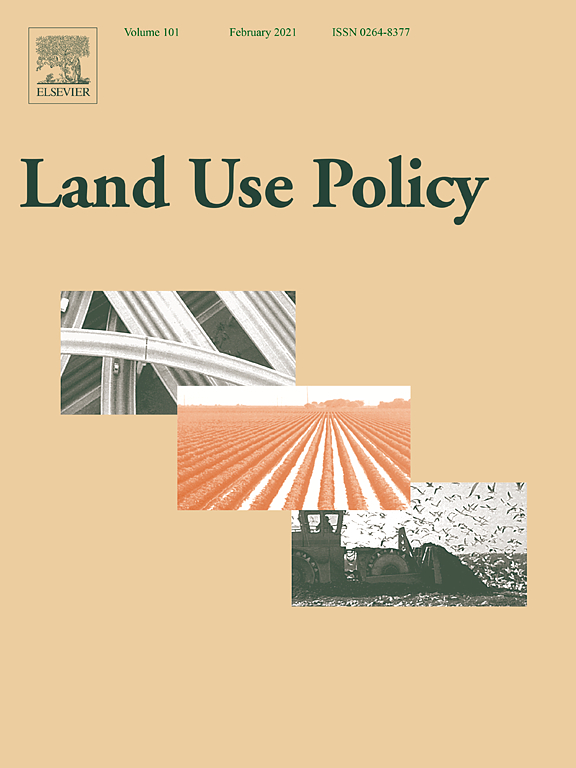Cropland expansion and grassland loss in the eastern Dakotas: New insights from a farm-level survey
The western Corn Belt region of the United States has become a hotspot for agricultural extensification and consequent land use and land cover changes. The goals of this research were to characterize geographic patterns of grassland loss resulting from cropland expansion in the eastern Dakotas, and to understand how these changes were associated with characteristics of individual farms and farm operators. We collected data on grassland conversion and other land use decisions through a mail survey of farm operators in North and South Dakota.


